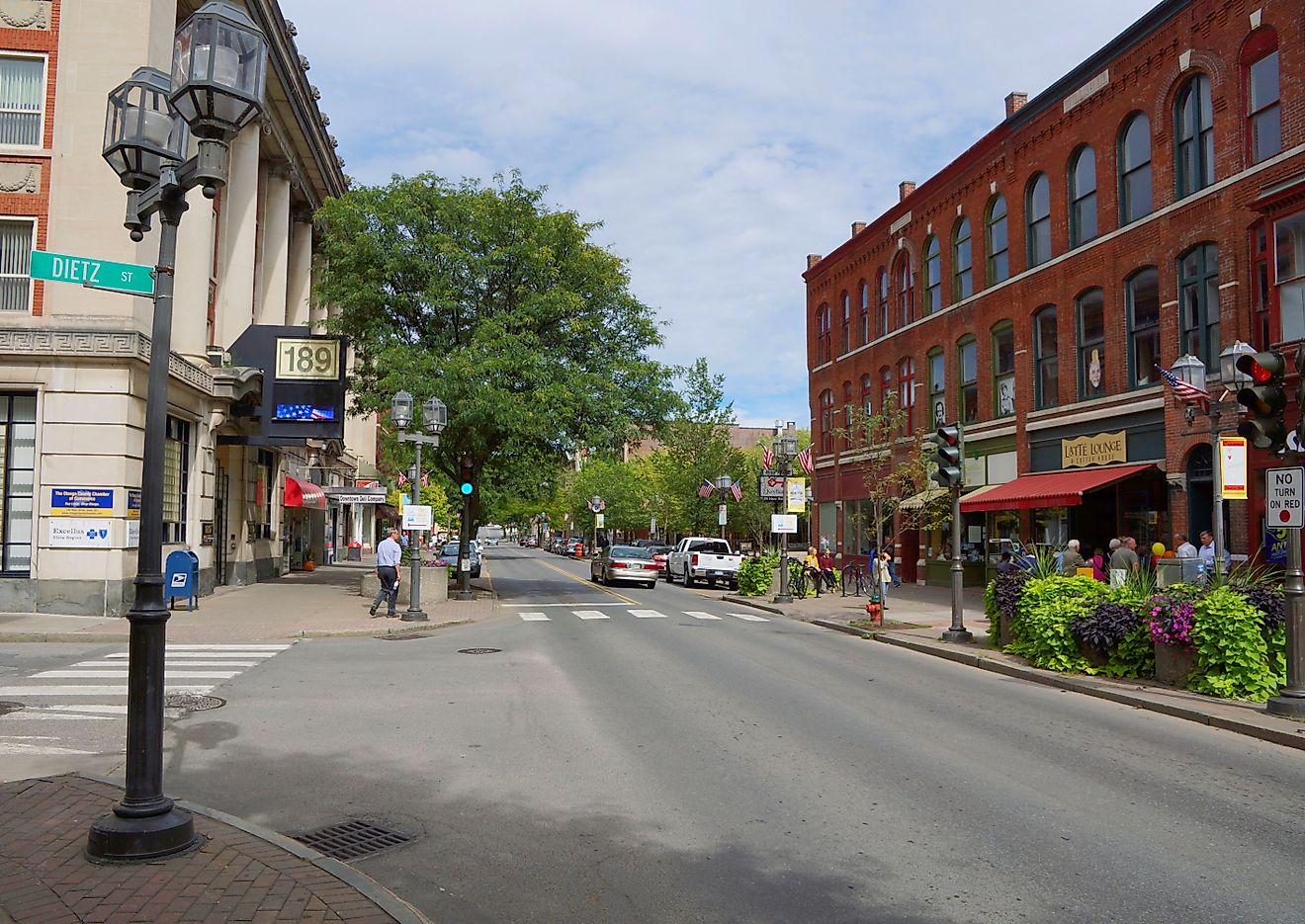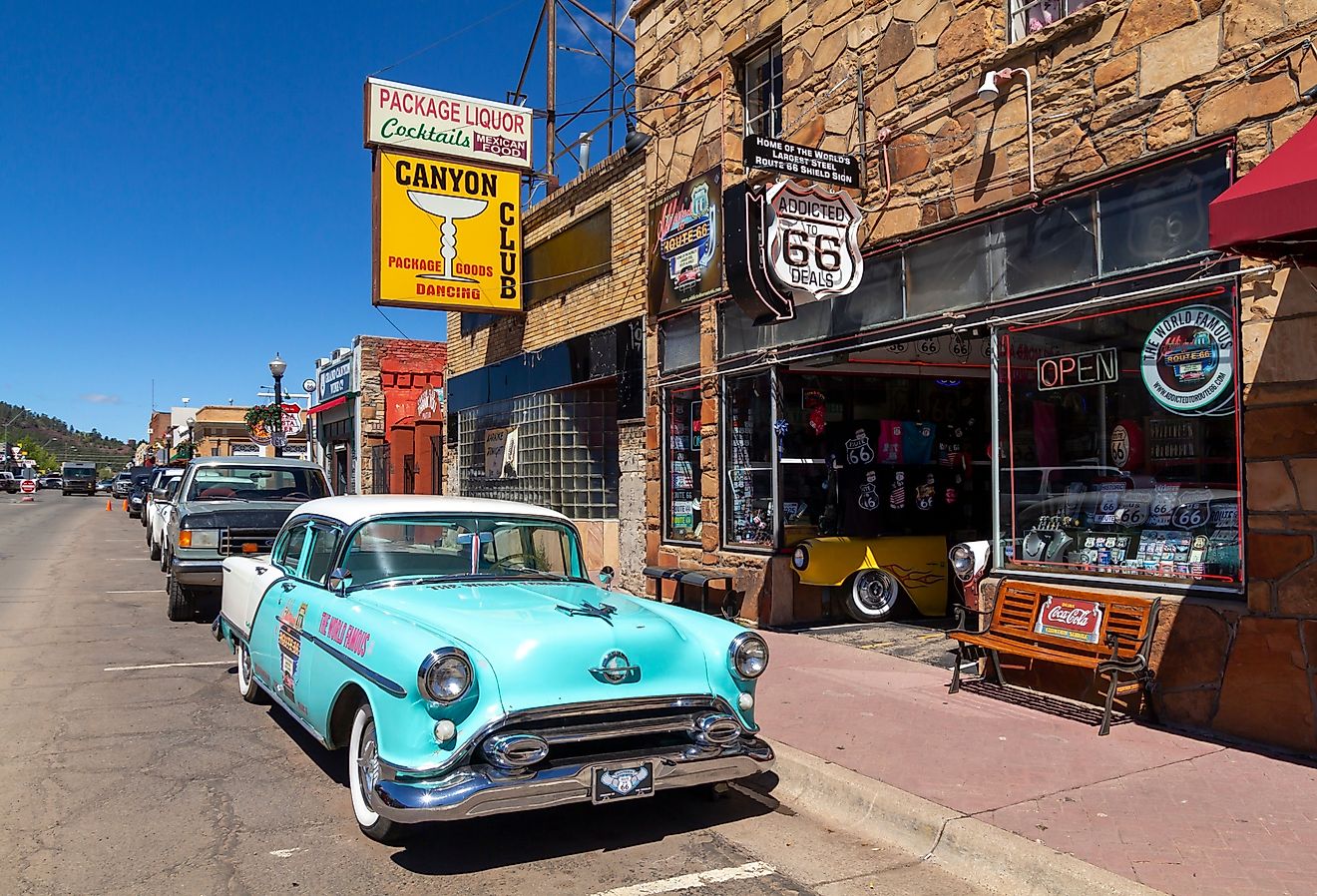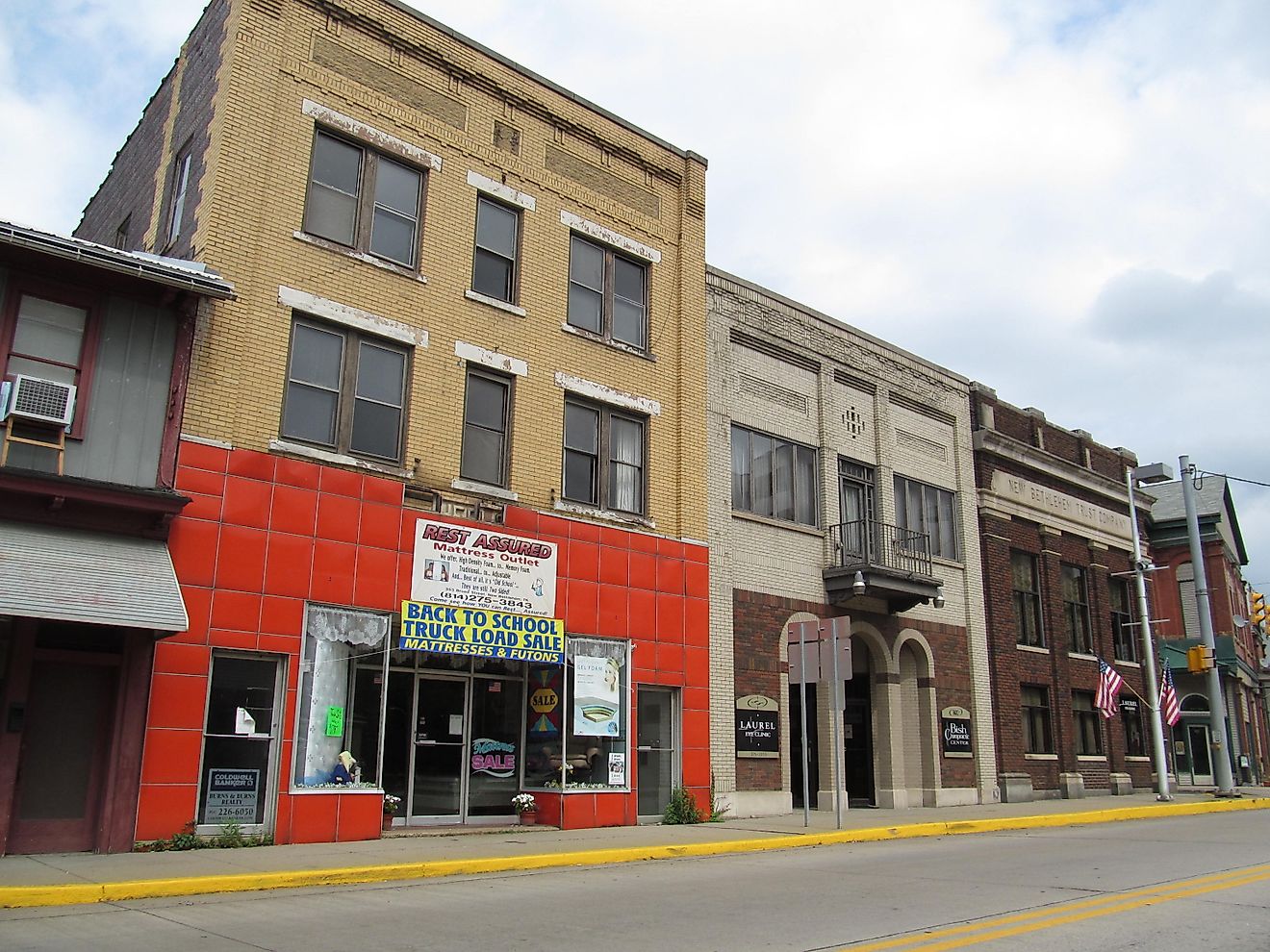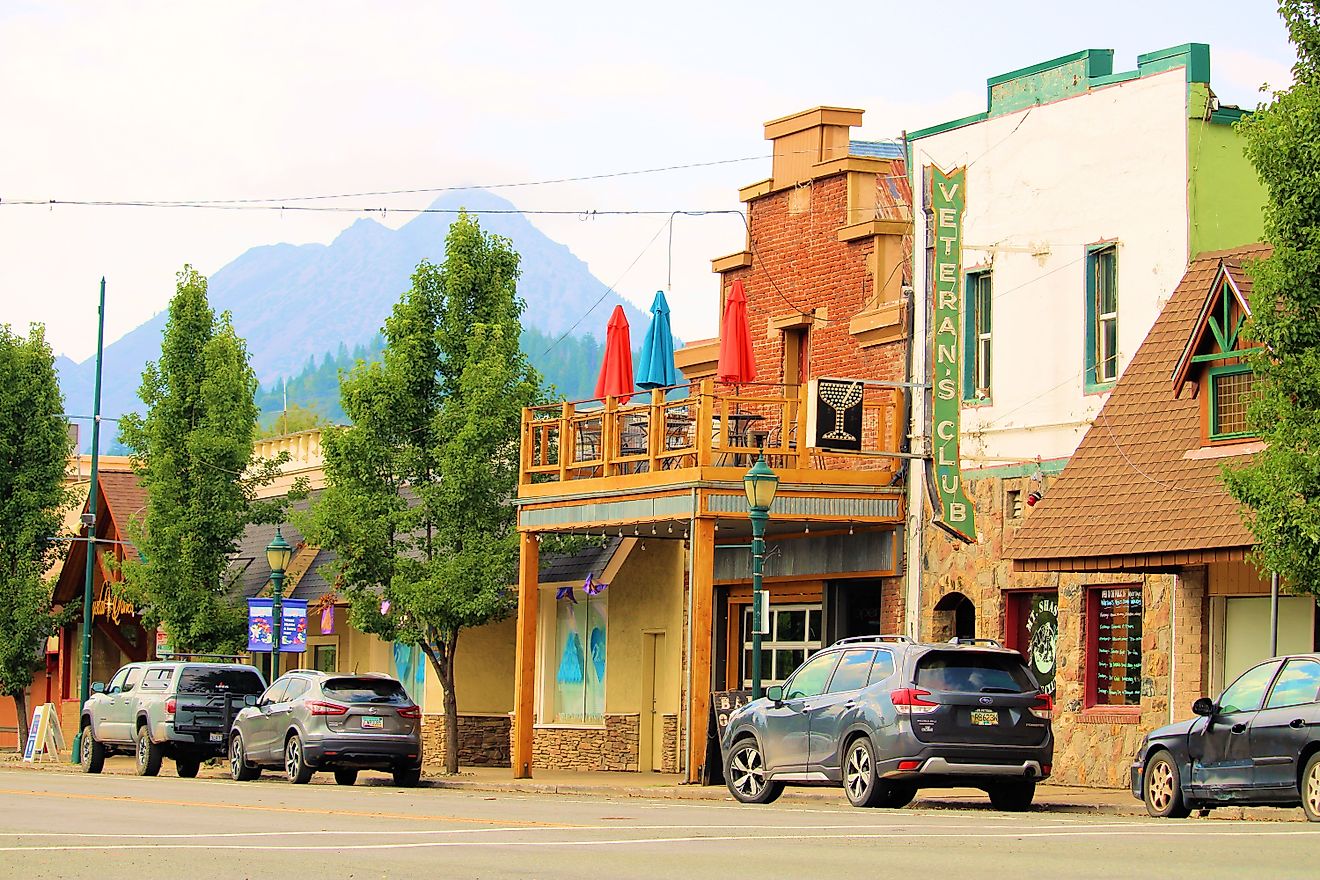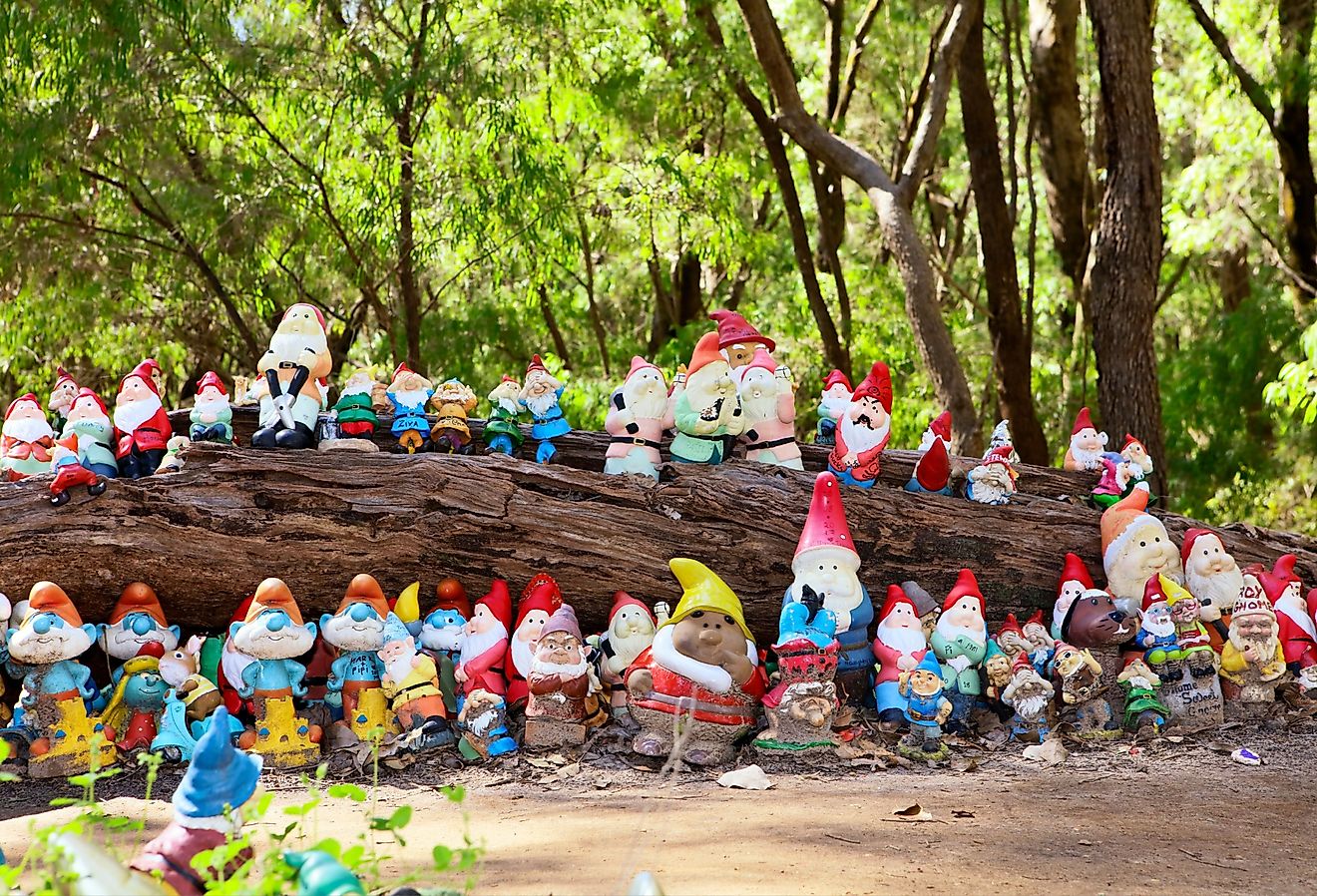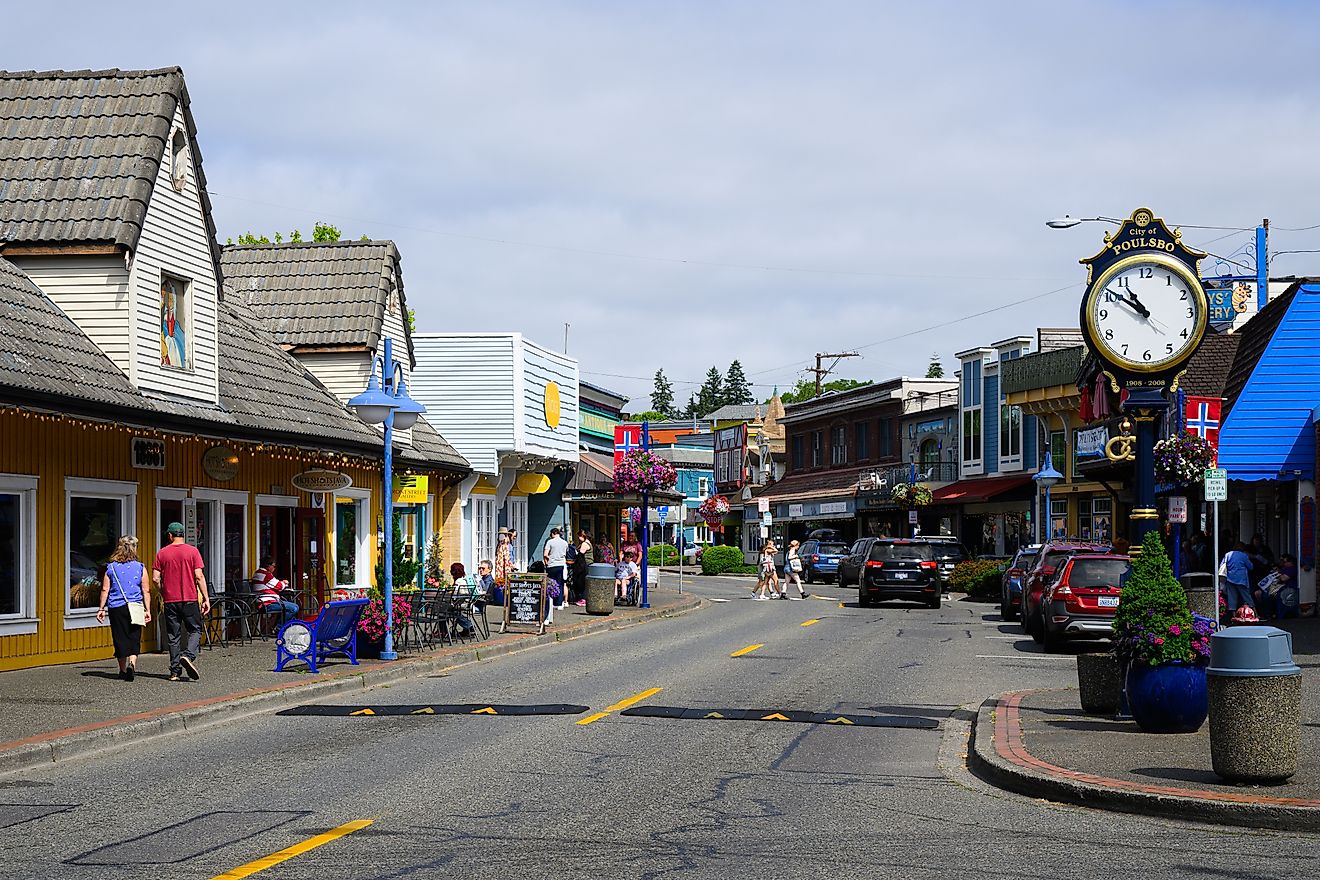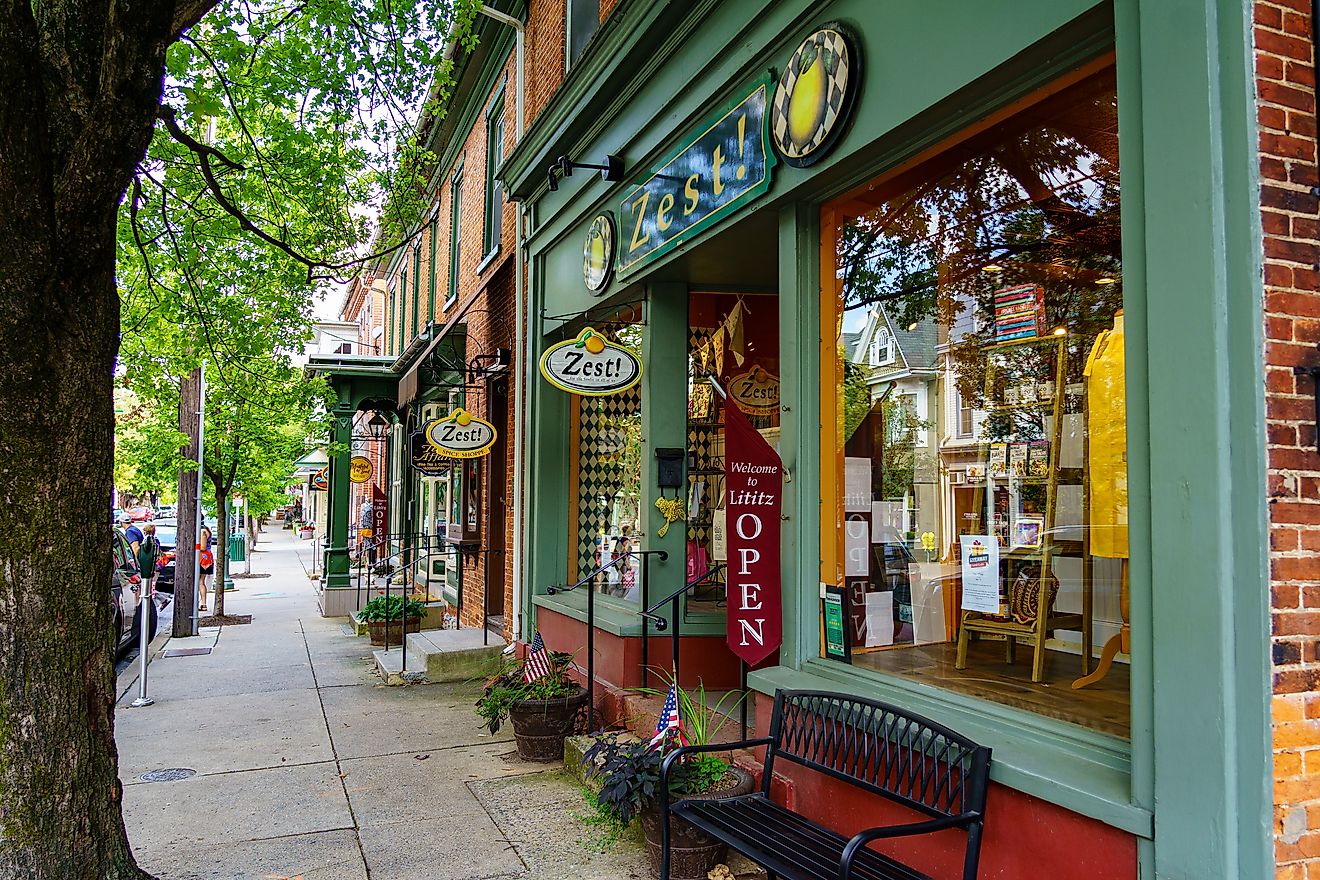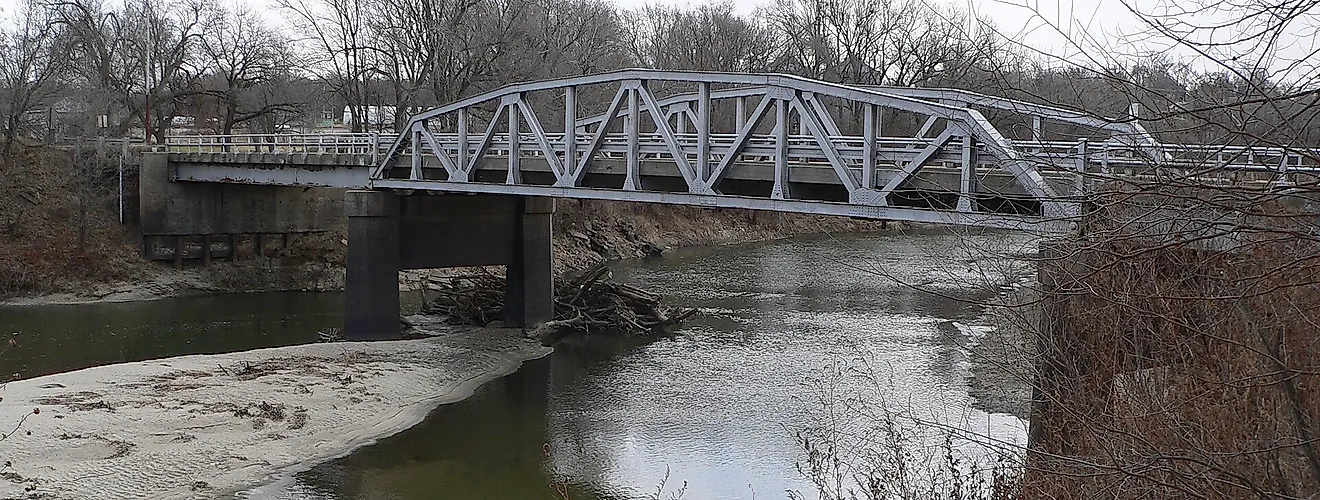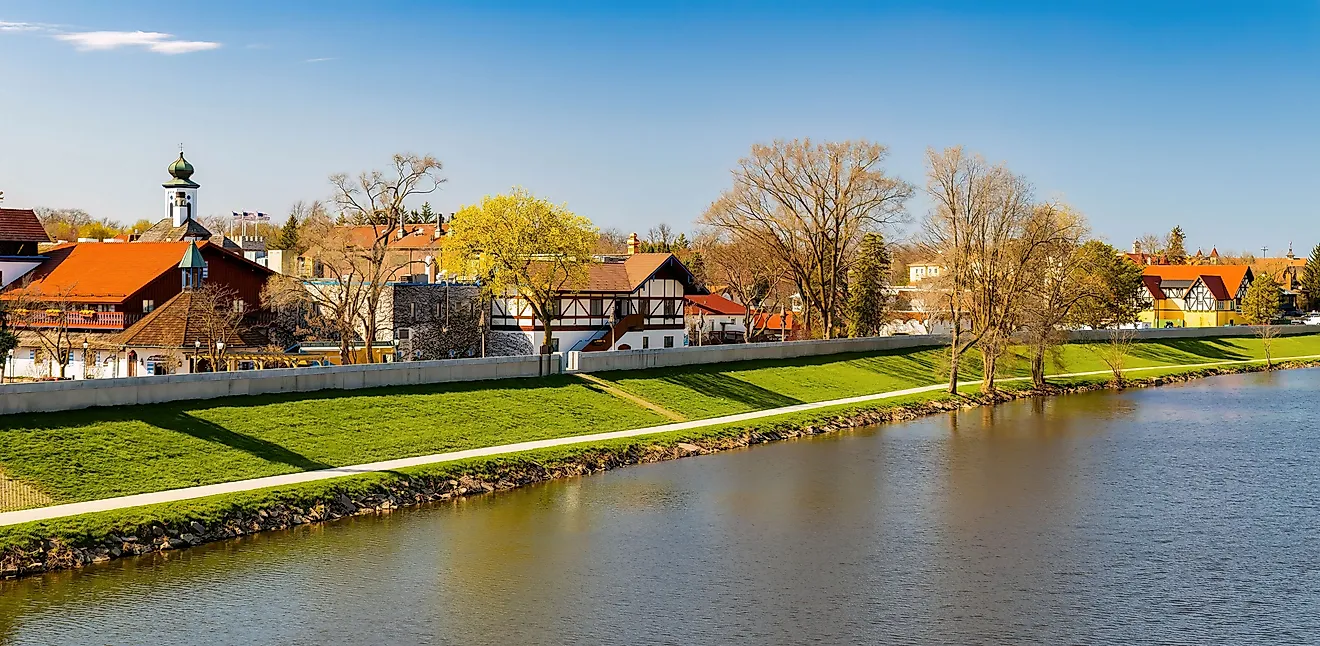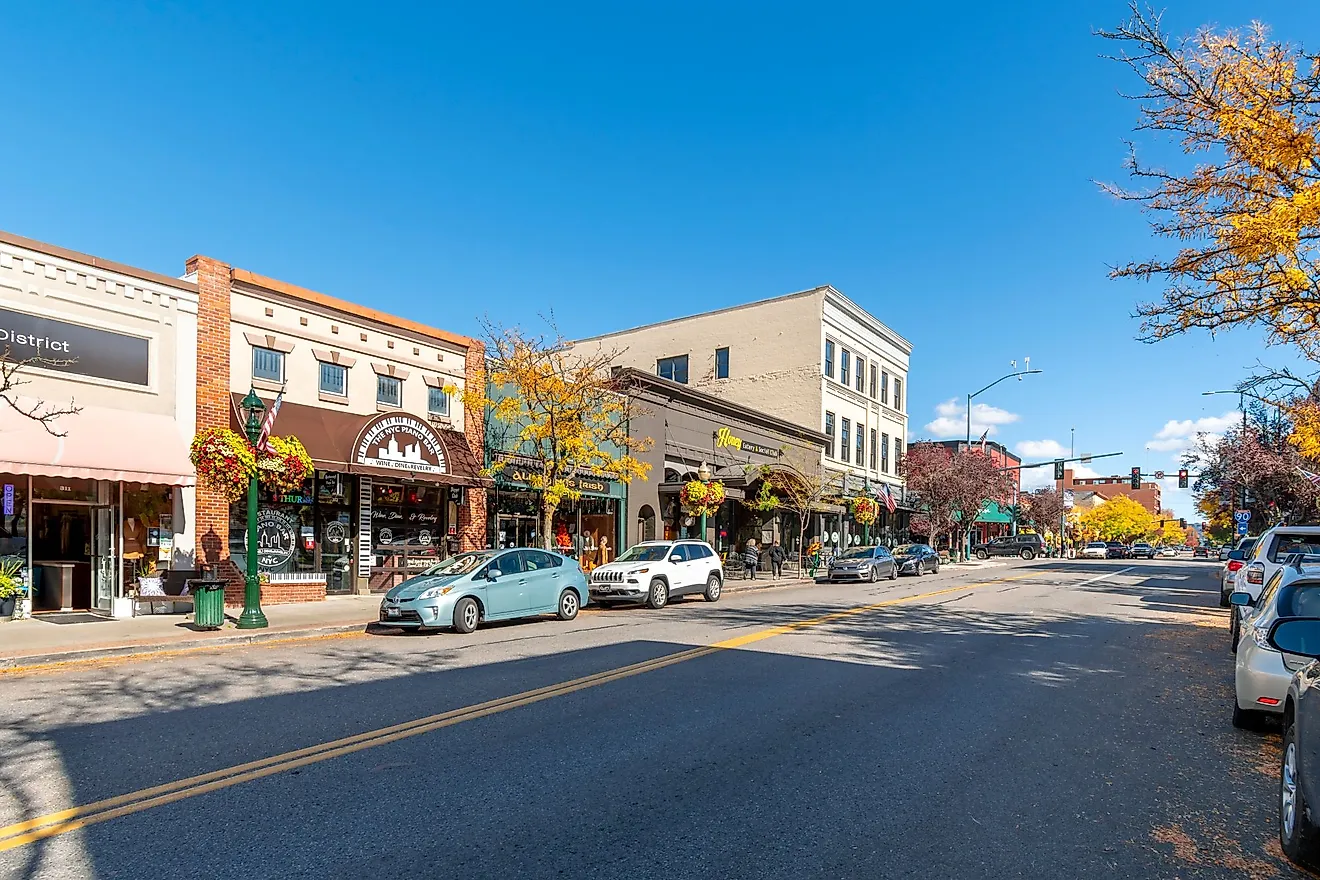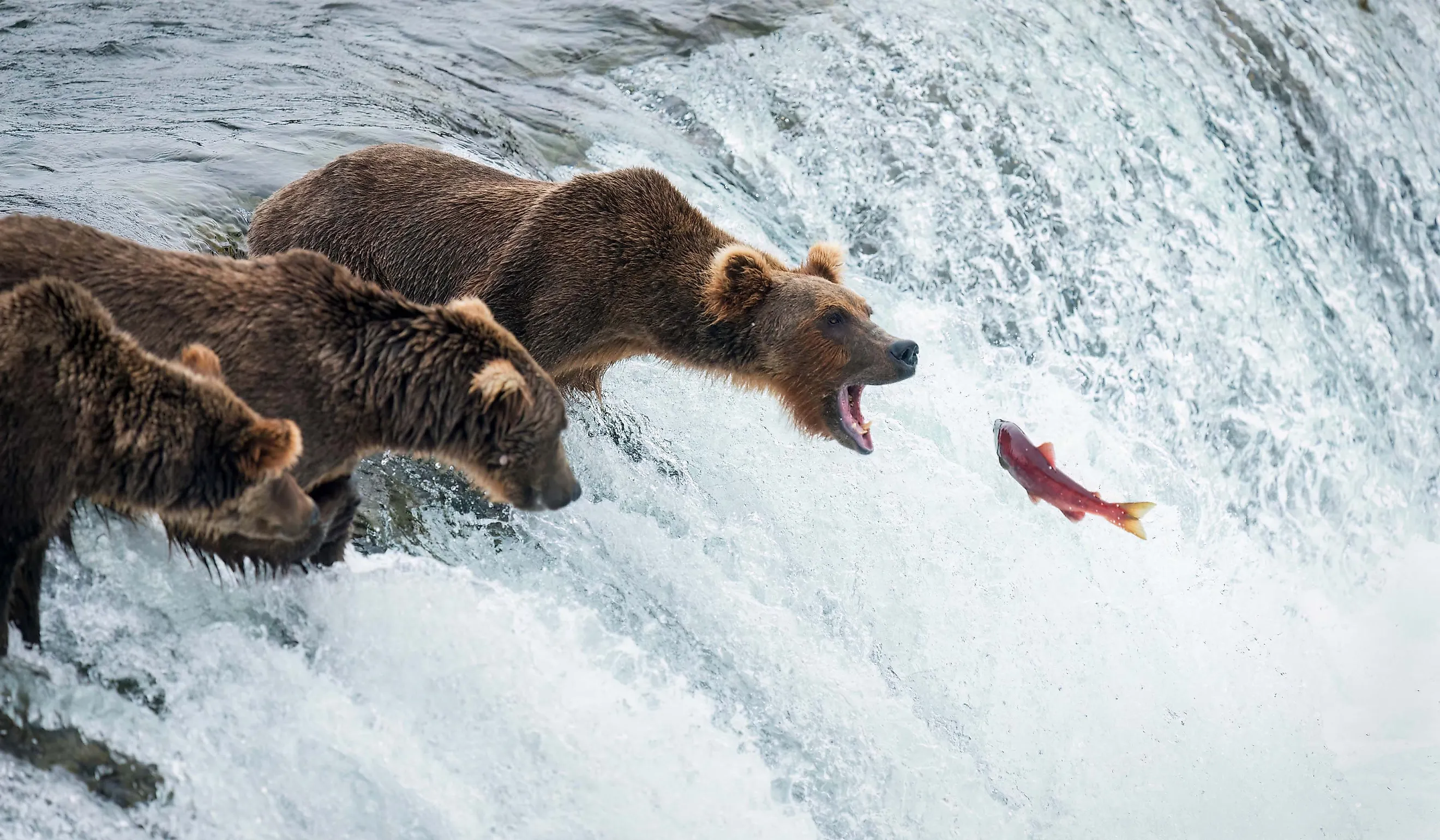
Katmai National Park’s Brown Bears Launch From Brooks Falls For Salmon Supper
We’ve all seen the photographs: grizzly bears standing atop a waterfall, lying in wait for migrating salmon to leap right into their open jaws. That iconic image is what many of us picture when we imagine Alaska, and it is one of the most spectacular sights in any National Park. But do you know where all of those pictures are taken?
The answer is Katmai National Park. Located in southwestern Alaska and accessible only by plane or boat, it’s one of the wildest, vastest, and most remote National Parks in the United States. And yes, the park’s best-known landmark is definitely Brooks Falls, where brown bears launch for a salmon supper every summer when millions of migrating fish head back upstream. That’s where you get all of those amazing shots of salmon leaping into the mouths of waiting grizzly bears. But there’s much more to this remarkable place.
The “What,” “Where,” and “When” of Katmai National Park
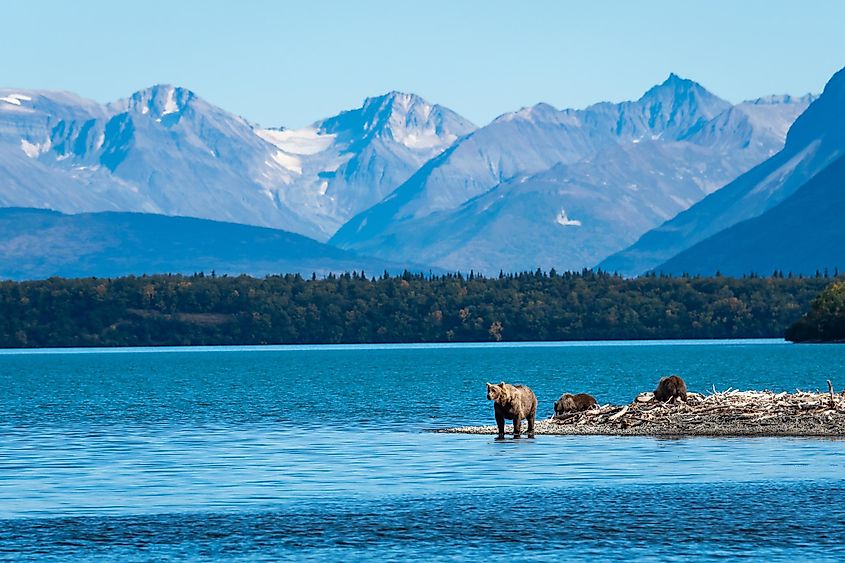
Katmai National Park is popularly associated with the salmon run and its healthy brown bear population, which is the largest in North America at the time of writing. That’s not its real significance, though: the land that now comprises Katmai National Park and Preserve was actually set aside due to its unique geological properties.
Katmai encompasses several geological regimes and biomes: arctic tundra, seacoast, the mountains of the Aleutian Range, many of which are volcanic, glaciers, lakes, fjords — just about every ecosystem you can find in Alaska exists within the park’s borders. Located at the northern end of a peninsula that juts far out into the Northern Pacific Ocean, it’s well-placed to represent the full range of Alaska’s natural wonders. No major city is truly close to Katmai National Park, but the local hub of King Salmon is largely considered to be the gateway to the park.
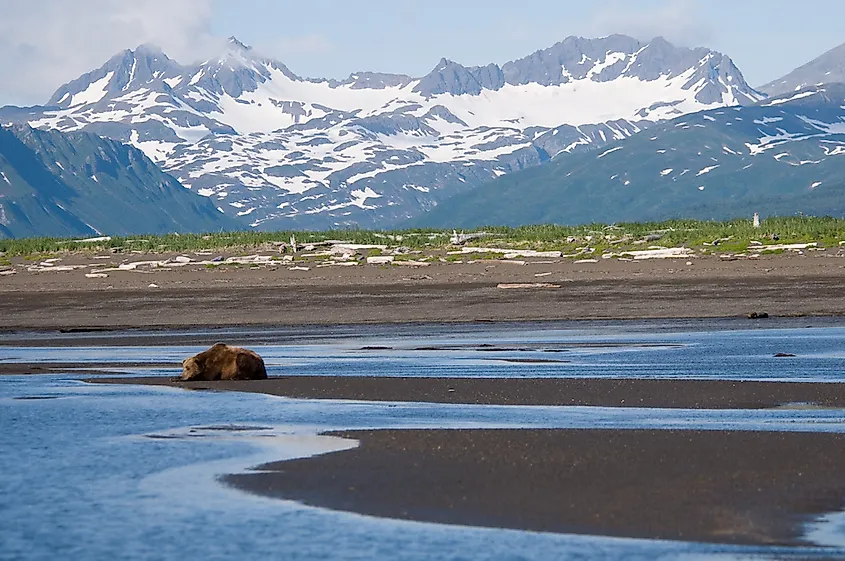
In 1912, a series of earthquakes shook a remote area of southwestern Alaska. Days later, those quakes proved to be portentious: a nearby volcano called Novarupta, located in the valley that was about to blow, and its eruption would be the largest of the 20th century. Although this sparsely populated area on the extreme western edge of the Alaskan mainland saw no human casualties, the surrounding landscape was forever changed. It was in 1916 that a National Geographic expedition set out to explore the altered landscape, and what they saw there led to a fervent campaign to protect the geologically one-of-a-kind site and its hinterlands.
Their efforts paid off in 1918, when Katmai National Monument was created. It expanded to include the Brooks Camp area in 1931, adding the now-iconic bear-viewing hotspot of Brooks Falls to its protected area. And although it was geology that got Katmai its protected status, it was only after the fame of the Brooks Falls bear population exploded in the 1980s that Katmai National Monument was redesignated as a National Park and Preserve.
But why exactly do bears love this area so much? Its pristine rivers support abundant migrating populations of salmon. This unbelievably abundant source of one of the brown bear’s favorite types of prey makes Katmai a magnet for brown bears in this region, and one of the park’s defining characteristics is the corresponding abundance of bears every summer when salmon migrate back to their spawning grounds.
Smoke & Salmon: Famous Features of Katmai National Park
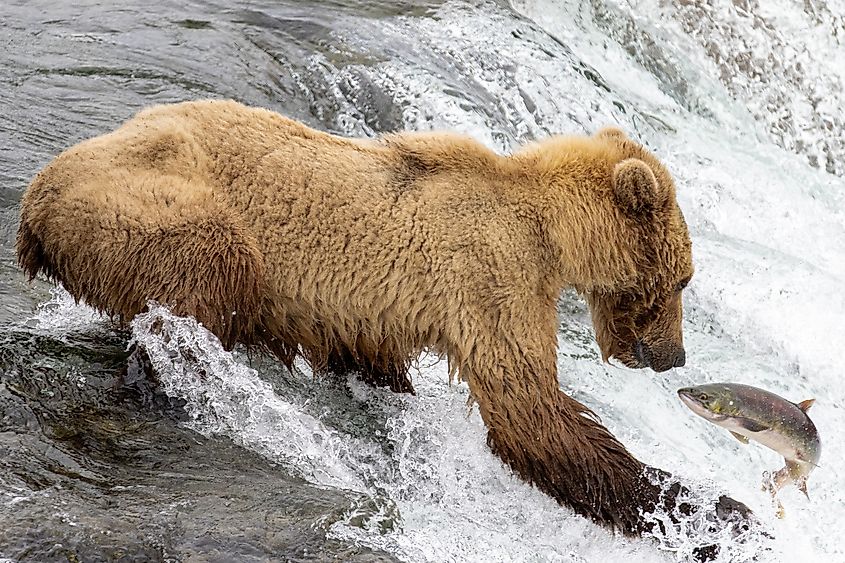
When botanist Robert Griggs first laid eyes on the land that would later become Katmai National Park in 1916, he was looking at the landscape now referred to (as Griggs dubbed it) as the Valley of Ten Thousand Smokes. This forty-square-mile area was once the valley of the Ukuk River, but after the eruption of Novarupta, it was so completely buried beneath the resulting volcanic ash flow that the area became unrecognizable. In place of its verdant tundra was a land blanketed in hardened lava pockmarked by fumaroles, or volcanic steam vents.
Although the fumaroles have now cooled and you can no longer observe them in the Valley of Ten Thousand Smokes, it remains a peerless natural marvel. The eerily lunar landscape is so otherworldly that, in the 1960s, NASA chose it as a training ground for astronauts bound for the surface of the moon. These days, it’s a tourist hotspot, but it still won’t give up its secrets easily: it’s only accessible via a 20-mile bus ride from Brooks Camp.
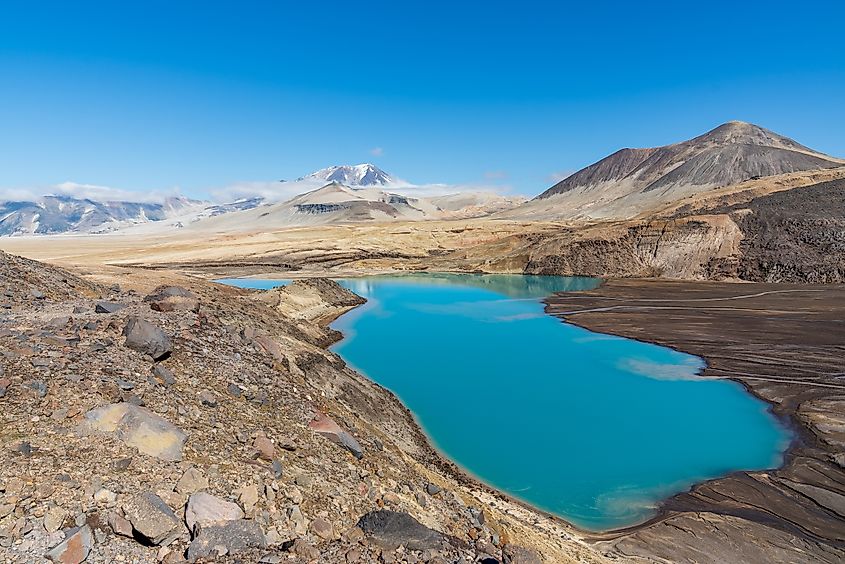
Speaking of Brooks Camp, most visitors to Katmai come to see the bears. And if you want to see bears, you’ll inevitably find your way to Brooks Falls. While there are dozens of excellent spots in the park to spot bears, there’s no place more coveted than Brooks Falls. Its infrastructure is set up well for bear watching, and in the summer months, you can observe them from viewing platforms along the Brooks River. The view is so great that Katmai has even begun live-streaming a 24/7 bear cam.
So What Makes Katmai So Special?
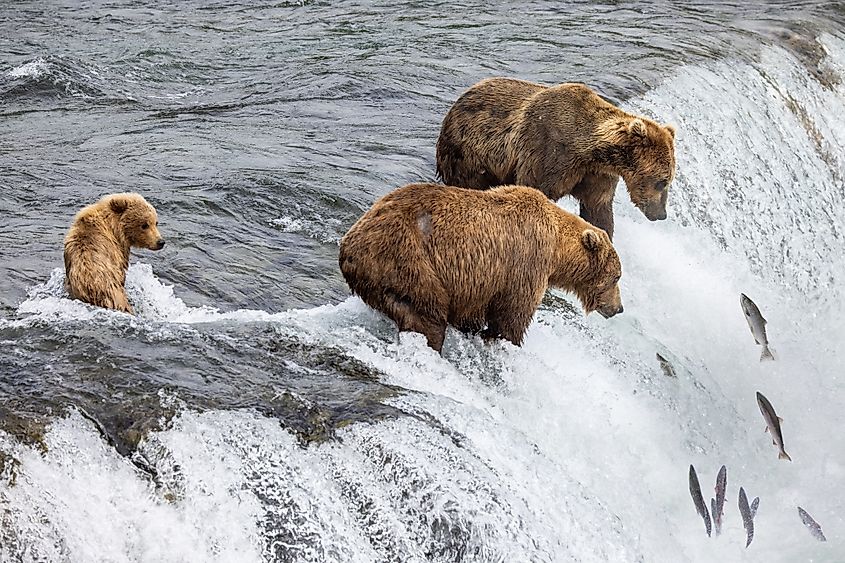
By now, this answer is pretty obvious: not only is Katmai National Park ground zero for the largest volcanic eruption of the 20th century (and one of the top five in recorded history), but it’s one of the world’s great bear hubs. And it’s not just Brooks Falls that proves Katmai’s superiority as a bear-watching destination. The entire park supports one of the densest populations of brown bears anywhere on earth, a population that is thriving while many others decline. The fact that these fiercely territorial creatures flock to Katmai in such numbers is indicative of its healthy ecosystem.
Its isolation makes Katmai National Park one of the most (relatively) unspoiled remnants of the subarctic habitat that grizzly bears prefer. But it’s also one of the only such environments where people can actually see the bears: although getting to this far-flung park is never easy or quick, tourist infrastructure is in place to support bear-viewing journeys that simply don’t exist in similarly isolated patches of prime bear habitat.
Making the Most of Your Visit
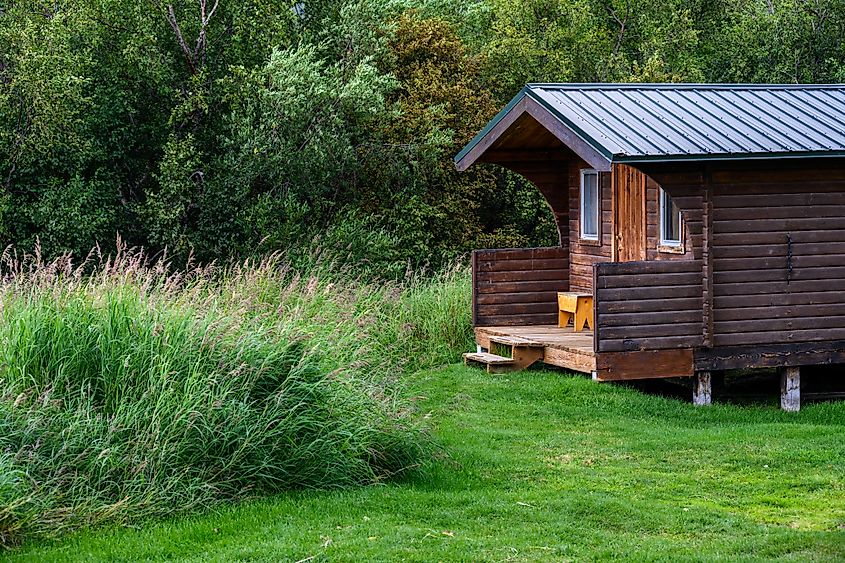
It’s no secret that Katmai National Park can be (pardon the pun) a bear to get to, so starting your trip off in the right location is everything. For that purpose, the easiest way to start is to fly into a major city like Anchorage and then connect to King Salmon, from whence you can catch a float plane or water taxi into the park. To access all but a few sites in the park, you’ll need a chartered boat or plane to drop you off. That makes it imperative to know exactly what you want to do in Katmai National Park before you arrive.
If bear-watching is your goal, you’ll want to plan your visit in July or September. (Note that, while the park is open year-round, the summer months are also the easiest times to access it due to the region’s extremely harsh winter weather.) Fly into Brooks Camp and you’ll see brown bears roaming casually in almost every area of the park. Take the 1.2-mile Brooks Falls Trail from the Brooks Camp Visitor Center to reach Brooks Falls for the most iconic bear photos.
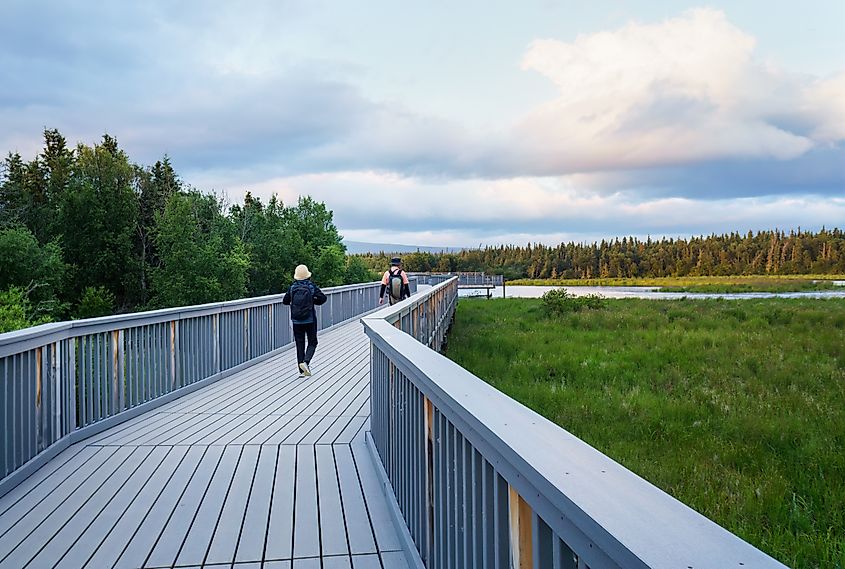
If you’re interested in sightseeing that doesn’t involve bears or extensive backcountry hiking, a daily bus tour to the Valley of Ten Thousand Smokes will give you a very different window into the park. It’s a full-day outfit and includes a three-mile hike, though you can opt out of it if you wish. Not fond of organized tours? Just arrange dropoff and pickup times, and catch the bus for independent exploration.
However, hiking in Katmai, as a general rule, is not for the inexperienced. Backcountry hiking and camping are allowed, and you won’t need a permit, but this harsh environment is not the place to go off alone unless you have exemplary outdoor skills and all the necessary supplies. This huge park boasts a staggeringly low five miles(!) of maintained trails, so those who aren’t advanced outdoorspeople should stick to the Brooks Campground or the cabins at Brooks Lodge.
But there’s much more than hiking on offer at Katmai National Park. If you want to see more of the park without a backcountry expedition, flightseeing tours will give you a better view of the vastness of this landscape than most visitors will ever see. Boaters will find much to enjoy on the Savonoski Loop, popular with kayakers and canoers; Naknek Lake, the largest lake in any U.S. National Park; and more spots you can discover with the help of a National Park Service-approved concessionaire.
Both solo and guided sport fishing are also extremely popular in this salmon-rich park. Just be aware that anyone intending to fish in the park needs to obtain an Alaska sport fishing license and comply with all relevant federal regulations. (And, of course, be very wary of the wildlife: if you’re fishing for salmon, you can bet that the nearby bears will be doing the same thing!)
Katmai National Park isn’t the kind of place you just end up. Getting there may seem like a monumental task, and in many ways, it is. But that difficulty of access keeps Katmai truly wild, and it’s because of this that it remains such a special place. It’ll take planning, time, and expense, but if you’re looking for a place to be reminded of the overwhelming grandeur of the natural world, Katmai National Park is one of America’s finest wild places.
And, best of all: not up to all that trekking? You’ll always have the option of watching the bear cam.
